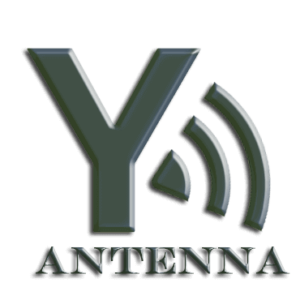LTE, also known as Long-Term Evolution, is a wireless communication technology that provides high-speed internet connectivity for various devices and applications. One of the key components of LTE technology is the LTE antenna, which is responsible for transmitting and receiving signals from LTE networks.
LTE antennas operate in various frequency bands, including 700 MHz, 800 MHz, 900 MHz, 1800 MHz, 2100 MHz, and 2600 MHz. Each of these frequency bands provides different coverage areas, data speeds, and signal strengths. The most common frequency band used for LTE networks is the 800 MHz band, which provides wider coverage areas and more stable signals compared to other frequency bands. However, the 2100 MHz and 2600 MHz frequency bands offer faster data speeds and more reliable connections for high-bandwidth applications.
In the Internet of Things (IoT) field, LTE antennas play a crucial role in connecting various devices and applications to the internet. IoT devices such as smart homes, wearable devices, and industrial equipment require reliable and fast internet connectivity to function properly. LTE antennas provide this connectivity by transmitting and receiving signals from LTE networks.
One of the most common applications of LTE antennas in IoT is for remote monitoring and control. For example, a farmer can use an LTE antenna to connect to an IoT-enabled sensor that is monitoring the soil moisture of their crops. The farmer can then remotely access the sensor data from their smartphone or computer and adjust the watering system accordingly.
Another application of LTE antennas in IoT is for asset tracking. LTE antennas can be integrated into GPS-enabled devices to provide real-time location tracking for vehicles, shipments, and other assets. This information can then be used for various purposes such as route optimization, theft prevention, and supply chain management.
LTE antennas can also be used for smart city applications, such as traffic management and environmental monitoring. For example, an LTE antenna can be used to connect to an IoT-enabled sensor that is monitoring air pollution levels in a city. The sensor data can then be used to alert the city’s environmental agency to take action in response to high pollution levels.
In conclusion, LTE antennas are essential components of the LTE technology and play a significant role in connecting various IoT devices and applications to the internet. With their ability to operate in various frequency bands and provide reliable and fast internet connectivity, LTE antennas will continue to be a key component of the IoT field for many years to come.


